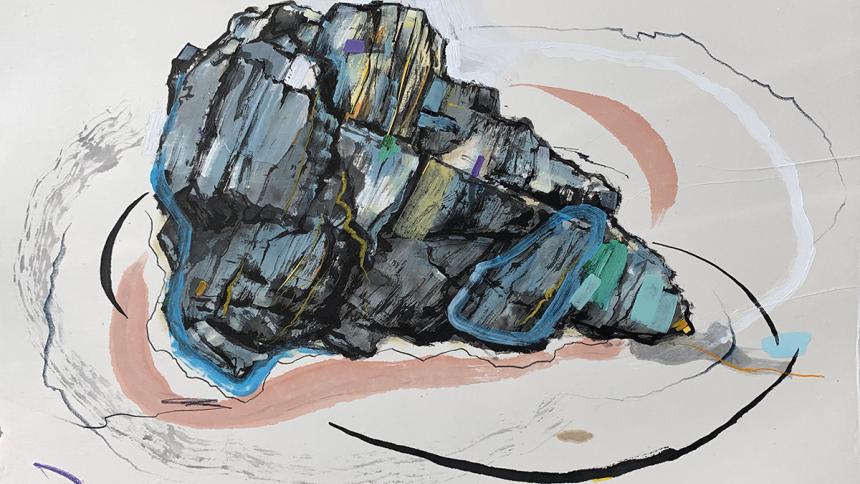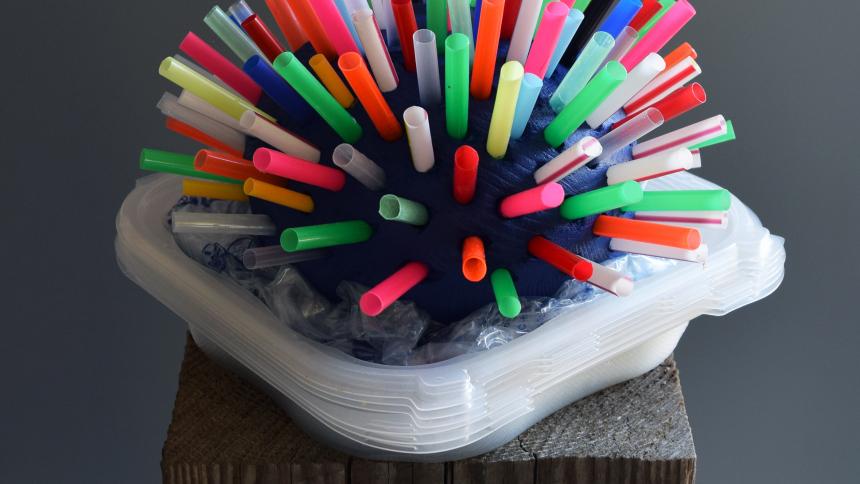Terry O'Day | 2020 Art Instructor Show
Terry O'Day is a featured artist in The Art Instructor Show, a virtual gallery featuring artwork created by Pacific’s talented art & design faculty.
Eco artists often challenge our conceptions of what art is. They frequently work in collaboration with scientists, government agencies, and community members to produce such things as parks, landscape restorations and proposals for natural and urban development. These may seem a departure enough from the object-based and exhibition-oriented art norm but, with his introduction of the term "social sculpture," Joseph Beuys opened the door to an even more expansive definition of art practice. Using his ideas as a platform for innovation, some artists are experimenting with actions that shape the social landscape.
As an artist embedded in an institute of education, I've been experimenting with the social sculpture conceptualization by creating learning environments intended to not only foster a sense of empowerment for learners, but also to alter the shape of education itself. Over the past fifteen years, I've been involved with projects such as: a place-based K-8 charter school, a school farm, a community-based environmental education non-profit, multiple school gardens, a demonstration resilient homestead, and new programs and courses at Pacific University that encourage a realignment towards sustainability education.
"...I strive to build in complexity, redundancy, and diversity, since I know that these are tools that nature uses to build healthy ecosystems."
—Terry O'Day
My process is informed by concepts of connectivity, relationships, and systems. When I start a project, I create an image in my mind of a network of elements and relationships that mimic the completeness I see in nature’s systems. As I work to develop these communities, I strive to build in complexity, redundancy, and diversity, since I know that these are tools that nature uses to build healthy ecosystems. I see myself as a practicing “systems builder” and am continually refining my understanding of how to build effective and purposeful learning communities that work to effect the culture change we need to be able to survive into the future.
While I am the instigator of these projects, my role is to facilitate rather than to direct. Instead of imposing my vision on others, my goal is to encourage participants to make the work their own. Once a person has joined a community for change, they can change the trajectory of it, act in their own best interest, and influence the others towards their ends. The process is collaborative and serves the goals of all who participate. I work to provide participants with opportunities to do what it is that they already do, or wish to do. My work amplifies their work by connecting individuals to others who resonate with their goals and values but also provide diverse perspectives and skill sets that complement each other and generate productivity
I know I have been successful when the community we’ve built together has unified around a shared purpose and has developed the structures it needs to thrive and grow on its own. Once this happens, I can move on to another project. Each project fills a niche in the education ecosystem in my community. My overarching goal is for these individual projects to eventually meld with existing structures so that learners of all ages will achieve environmental literacy though normal institutional operations without needing to resort to special programs that are limited in their capacity to reach all learners in the community.
Willamina Project
Overall, my body of work explores different ways to build the perceptions, attitudes, and skillsets associated with resilient behaviors. The Willamina Homestead is a subset of this work and will provide an ongoing demonstration of transformation to resiliency at the household level. Students and the community will benefit both through participation in the development of the site, and through presentations of goal, process, and outcomes through courses, websites, conferences, and other venues.
"The Willamina Homestead... will provide an ongoing demonstration of transformation to resiliency at the household level."
—Terry O'Day
One strategy for resilience is to develop productive and mutually supportive functional webs between site elements in order to minimize the need to import resources and export wastes, while providing significant portions of household food, energy, and other necessities.
Goals
The resilient homestead will be:
- Aesthetically pleasing: fitting in with the neighborhood residential landscaping.
- Highly Productive: providing a substantial portion of food for a household of four year-round
- Efficient: labor inputs compatible with a 40-hour work-week outside the home.
- Resilient: independent and redundant systems that can cope with disturbance and change.
- Participatory: foster supportive community networks and provide learning opportunities for learners of all ages
Biogas/bioponics
One of the more complex components in the homestead plan is the biogas/bioponics element. This element is intended to recirculate nutrients on site while providing greens to eat through the winter.
System elements consist of:
A greenhouse to house the system and modify the winter temperatures.
A Biogas digester to consume household wastes and produce energy (methane) that will help maintain temperatures needed for efficient digestion. Biodigesters also produce an effluent that is an excellent fertilizer, which will be used in the growbeds for winter greens.
A compost enclosure to break down waste from the chicken and goat housing for use in the garden. Composting will also produce heat, which can be used to help maintain water at temperatures suitable for plants in the growbeds.
Media and deep water growbeds that provide an ideal environment for growing greens. Water enriched with nutrients from the biodigester will circulate through the beds to support the robust growth of plants.
Biochar made from wood produced on site as well as waste wood from art studios will be used in the biodgester and biofilters to provide a substrate for working bacteria throughout the system.
Rationale for Using Biodigester Effluent instead of Fish Waste in an aquaponics system
Recirculating Agriculture Systems (RAS) are an active area of exploration due to their land use/food production ratios, ability to control environmental conditions, and minimal water inputs and waste outputs. Aquaponics is a popular form of RAS, as it combines the needs of plants and animals to their mutual benefit. Fish waste becomes food for plants, which then clean the water for reuse by fish.
However, there are some concerns with aquaponics:
Ethics | Fish must be stocked at high densities in order to provide enough nutrients for robust plant growth in an intensive system. Concerns have been raised about the welfare of fish under these conditions. While growers are concerned about stress as a potential limit to growth, the well-being of fish in RAS is an unknown quantity.
Off-site inputs | Fish food is an input that is problematic in the same way that any industrial food supply is, especially if carnivorous fish are being raised. While it is possible to raise fish food on site (with duckweed ponds, black soldier fly larva, etc), these methods require work, space, and warmth and are much more practical in tropical climates than in northern ones that experience a winter cold period.
Solid waste | In addition to ammonia, fish also produce solids that need to be broken down before distribution to plants in order to capture the full nutrient payload of the fish food input. These solids require a different treatment system (mineralization) than the liquids do, thus complicating the system. While solids can be applied as fertilizer to soil-based garden beds, they still must be collected. As well, the loss of those nutrients from the RAS will require additional inputs of fish food.
Work load | Given the project goals of integration into normal household activities, the maintenance of a healthy fish population along with requirements related to breeding and harvesting may contribute to a workload over and above what the average household might tolerate.
Biodigesters and renewable energy
Home biodigesters are in use world-wide and many cultures accept them as a common household appliance that both recycles household wastes and produces a gas that can be used for cooking, heating, or lighting. Anaerobic digesters can process wastes such as dairy, fats, and meat that are highly discouraged in backyard composting systems. The gas they produce can replace natural gas, thus contributing to transition from fossil fuels. Digesters produce a nutrient-dense effluent that is highly valuable as a fertilizer. They also convert most solids to liquid form and do not require moving heavy materials for processing as backyard composting piles do, thereby reducing the workload needed to recycle nutrients back through the system.
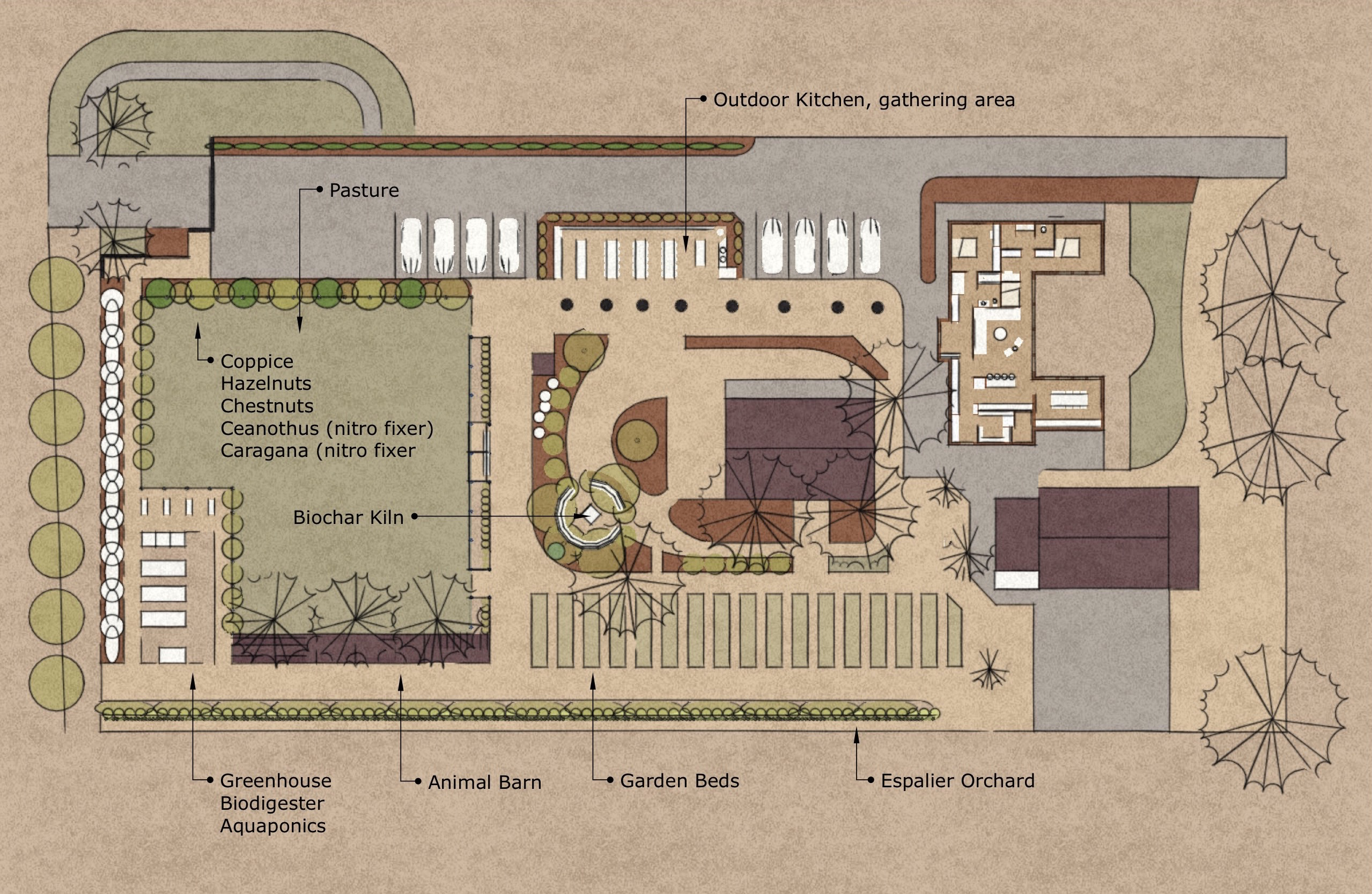
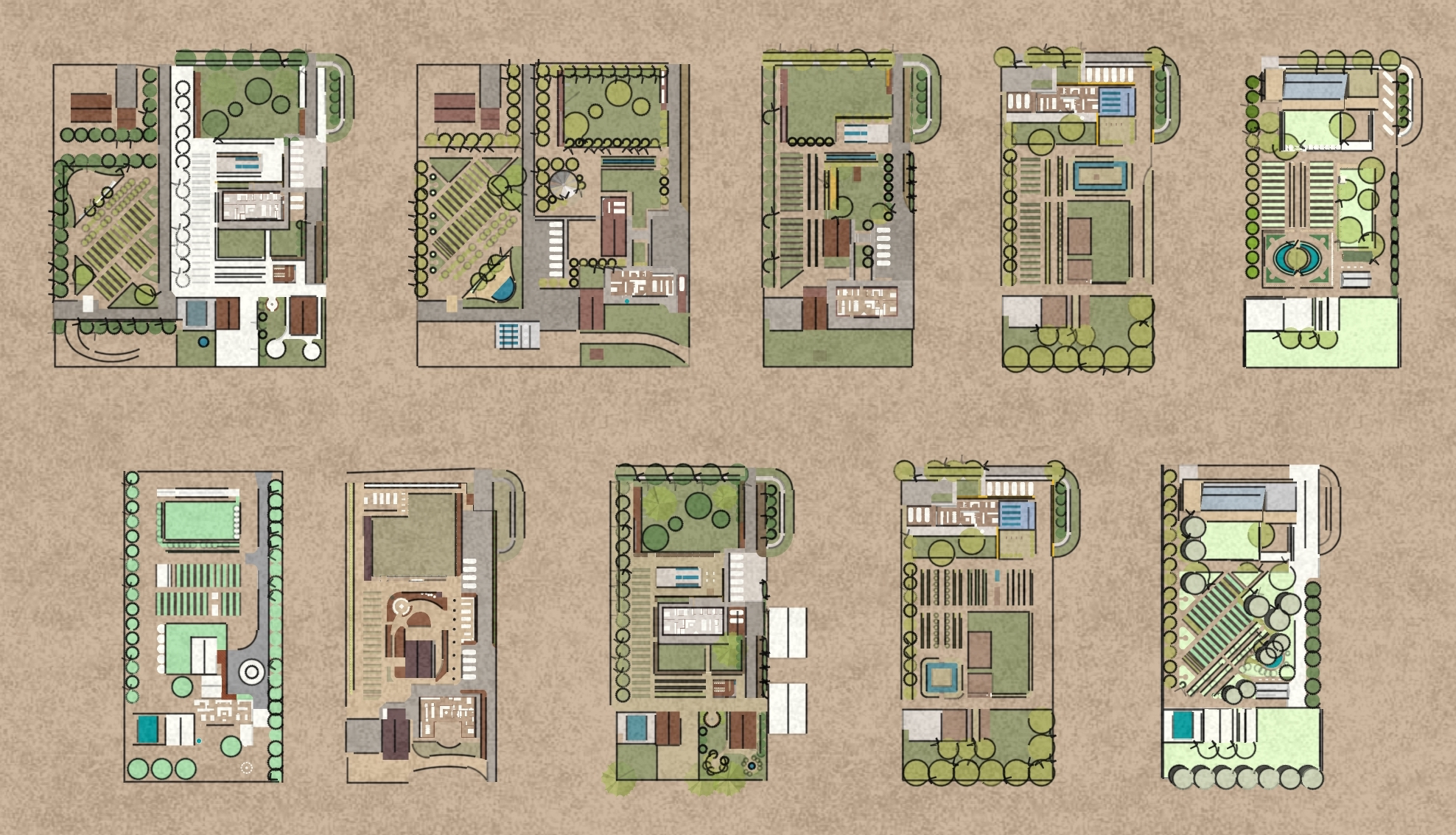
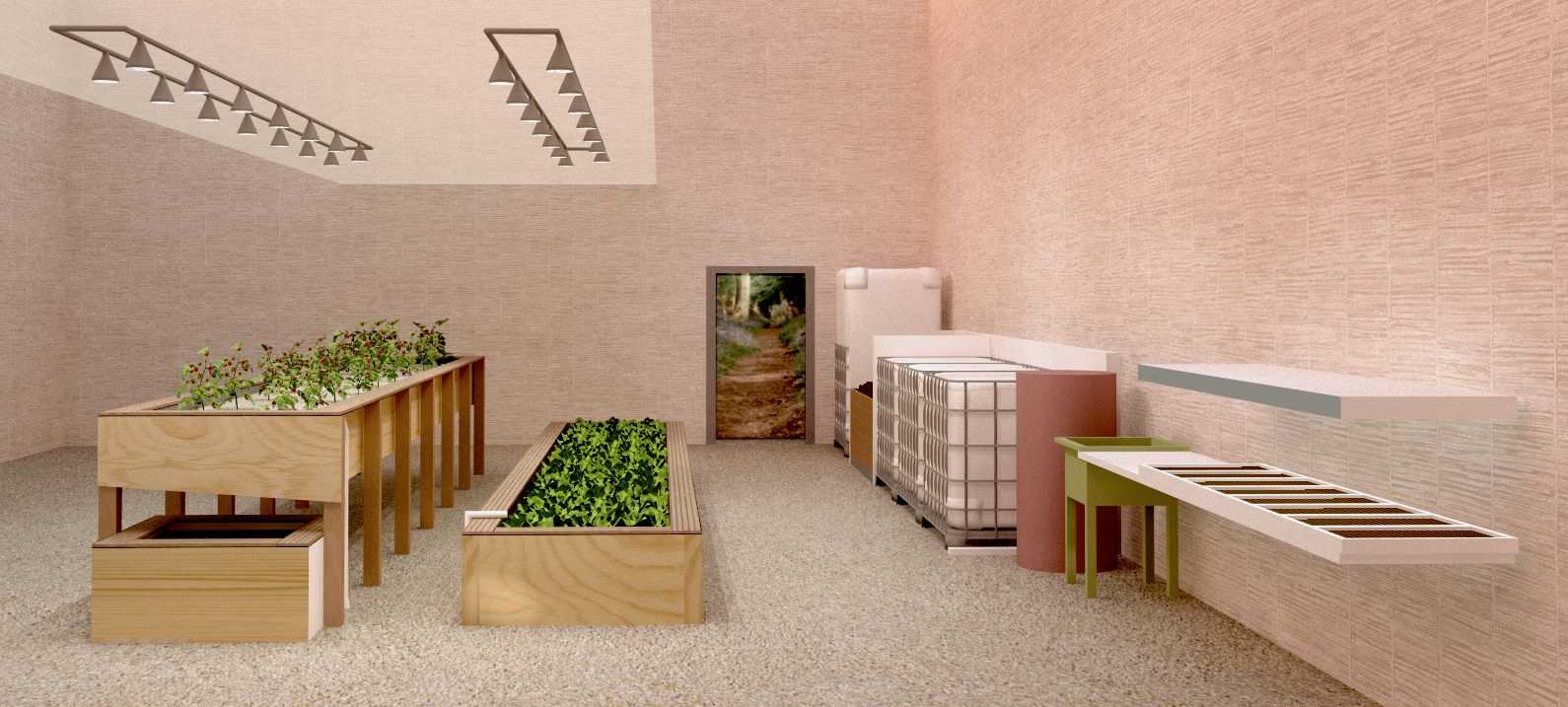
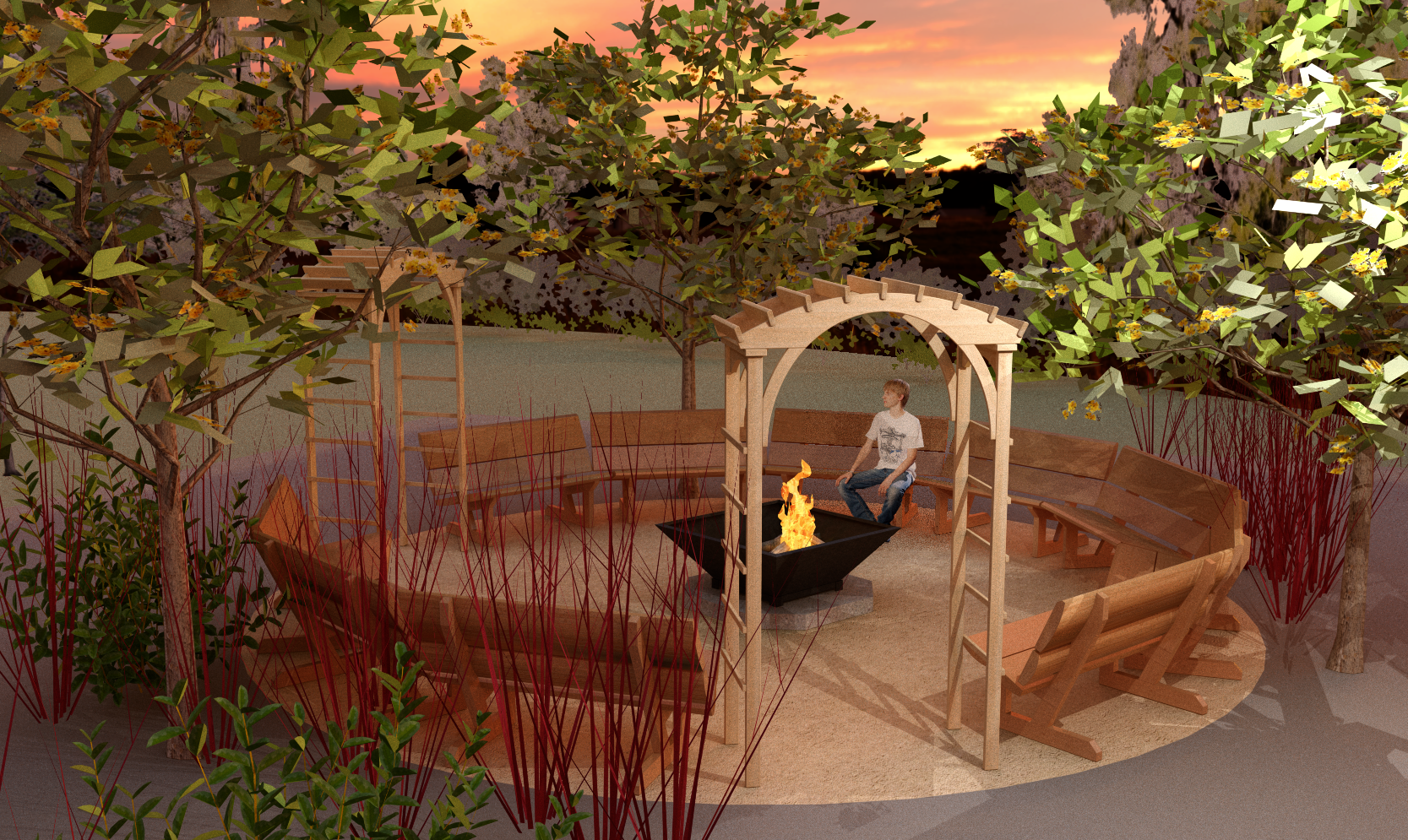 Willamina Project
full-width
Willamina Project
full-width




